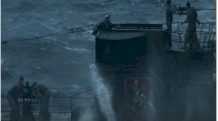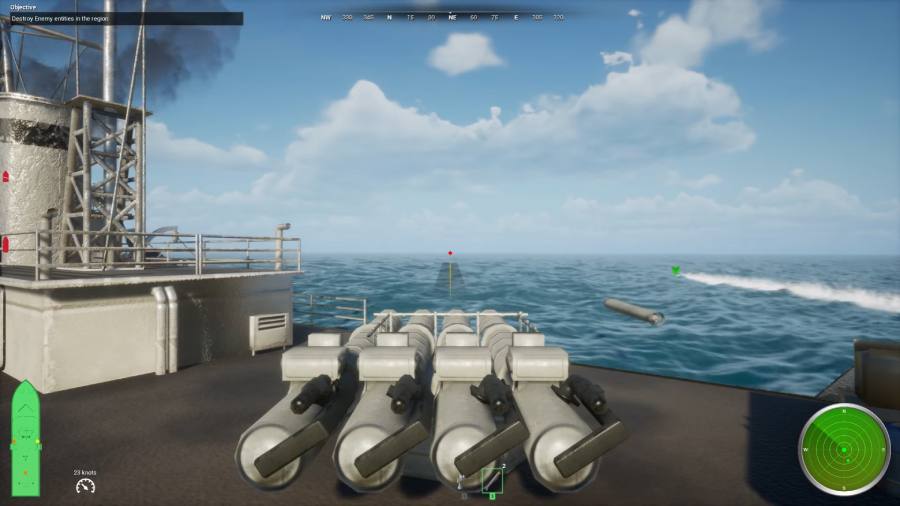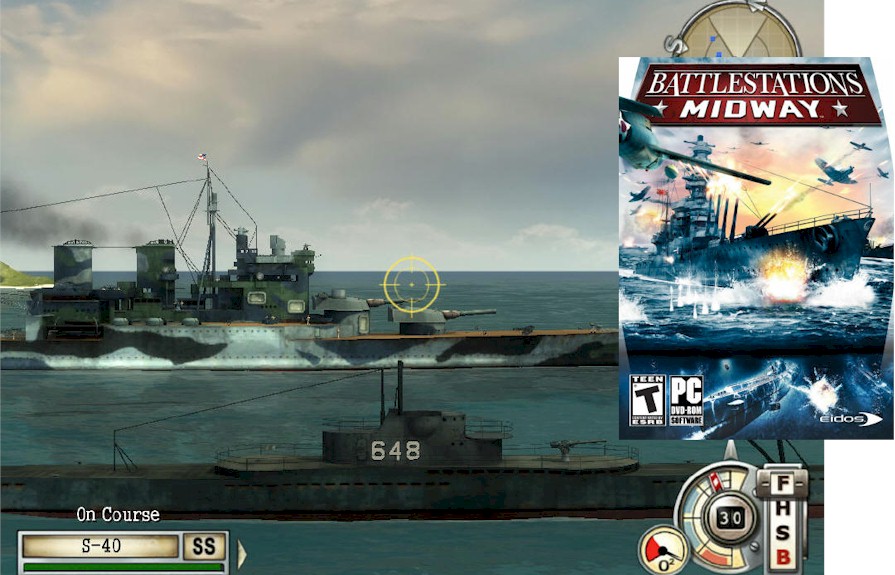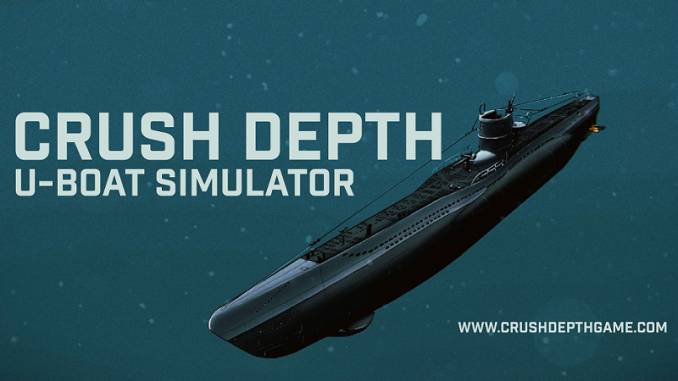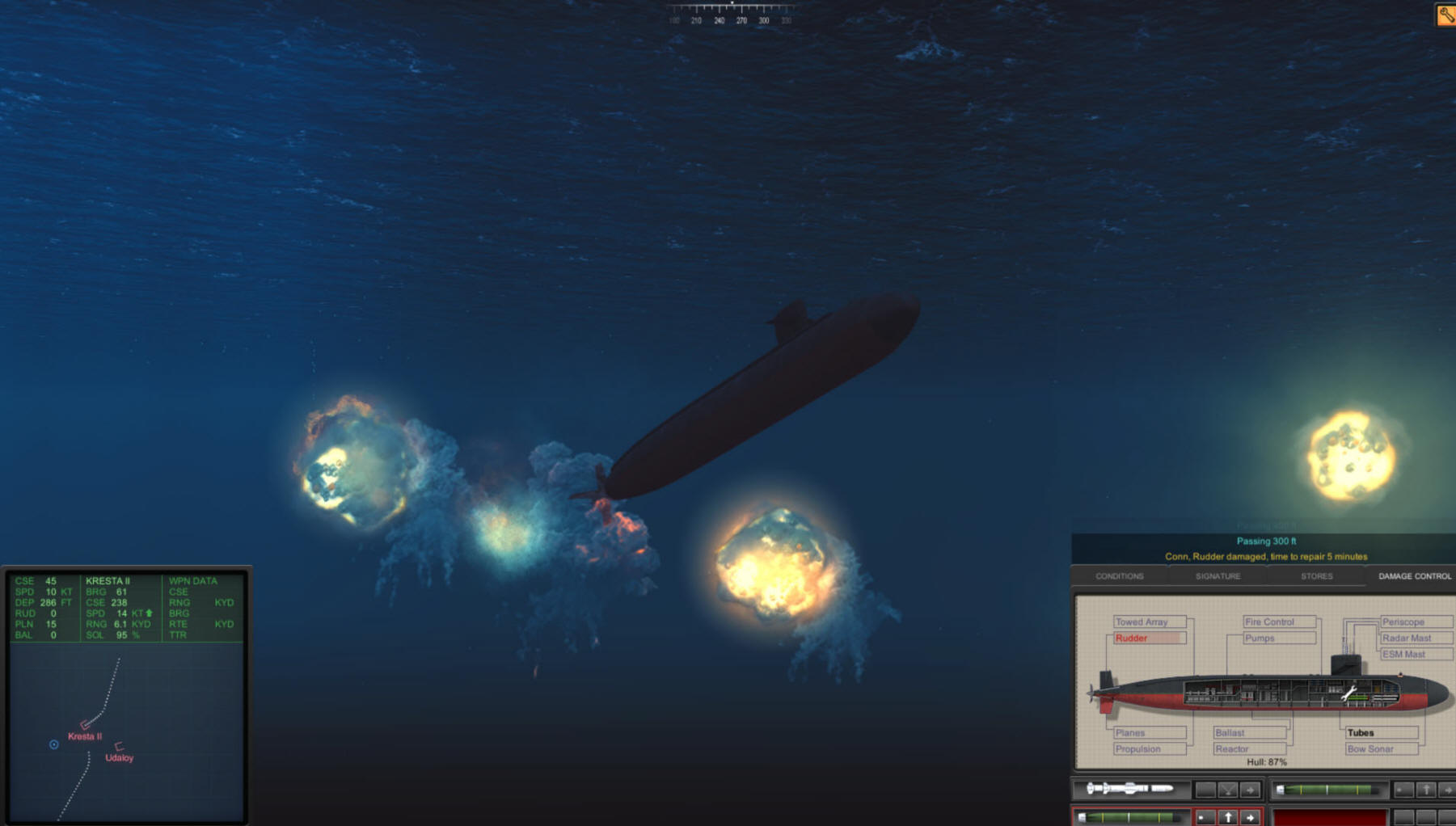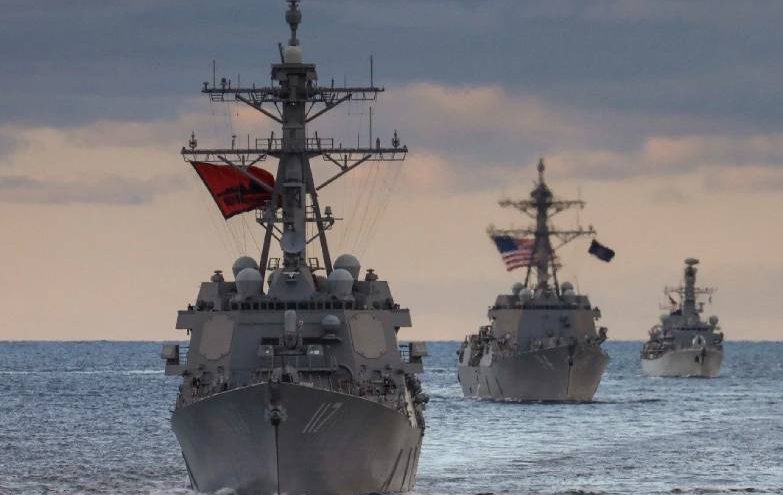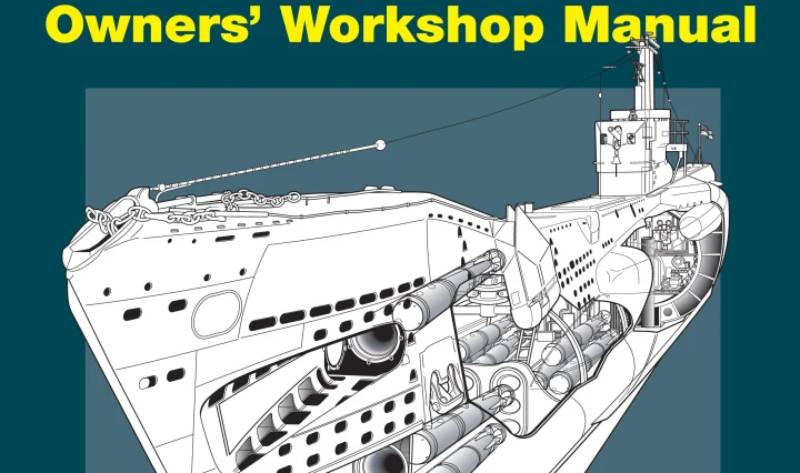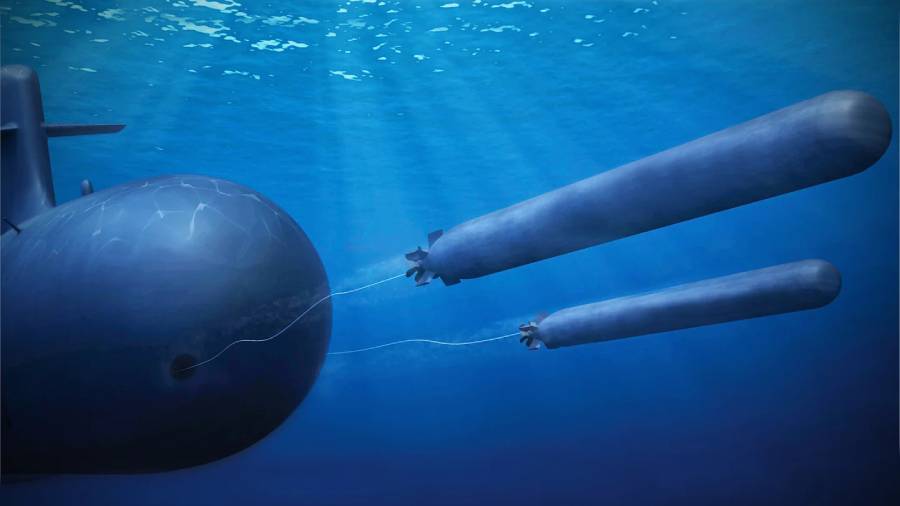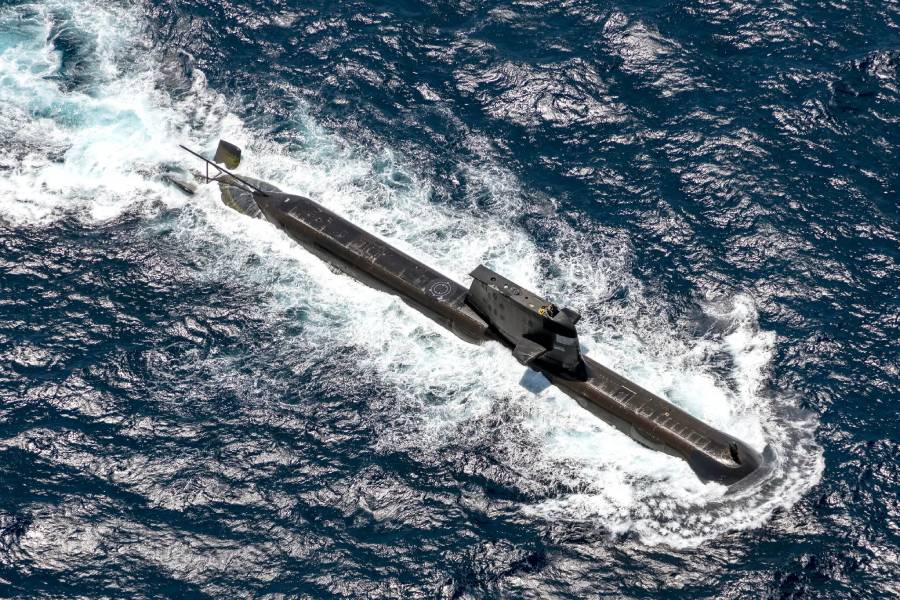
In my previous post, I suggested that Australia has insufficient submarine personnel to start a transition to nuclear-powered attack submarines (SSNs) while maintaining its existing operational capability to deploy at least two Collins-class submarines in harm’s way. I argued that the capability to deploy two submarines, be they nuclear or conventionally powered, must be preserved throughout the transition if we are to defend Australia in the difficult times now unfolding.
This capability is also critical to produce the greatly expanded number of qualified, experienced submarine personnel required for the transition. I lived through the transition from the Oberon-class submarines to the Collins and led the recovery program for the Collins, after we failed to recognise the need to maintain an operational submarine capability. Battling back from a nadir of 35% of the required personnel took more than a decade and depended on the dedication of many; in benign times, that was challenging and expensive but not hazardous. The same situation does not obtain today.
Due to lack of capacity in US and UK shipyards, the SSNs will have to be built here. An Australian build is also essential if we are to develop the technical capability in the civilian workforce necessary to sustain nuclear-powered submarines in this country. These preparations will take a long time and require a substantial national endeavour.
A transition strategy combining the build with the UK’s follow-on design for the Astute class, as appears to have been suggested recently by the UK defence secretary, could enable a hybrid build. As an example, the front half of the submarine, containing the weapons, crew accommodation and control room, could be built in Adelaide and the after end, containing propulsion, in the UK. That would enable the workload to be spread, offer economies of scale and enable US weapons and a US combat system to be incorporated for Australia’s needs, with US design assistance. Such a strategy would, however, add significantly to the complexity and risks. It won’t be quick. We should allow for sufficient time to get it right and to hedge against likely delays.
In the meantime, the ageing Collins require a challenging life-of-type extension (LOTE) involving a demanding and high-risk upgrade, within the normal two years allocated every decade for a major refit. Failures or delays in the Collins LOTE or in the transition strategy will leave Australia unable to sustain the personnel or to deploy two submarines—and, in due course, without an operational submarine capability. Recovery could take more than a decade, as we found with the Collins, a decade when our need is greatest.
A wicked problem indeed, but how do we hedge against this unhappy outcome?



